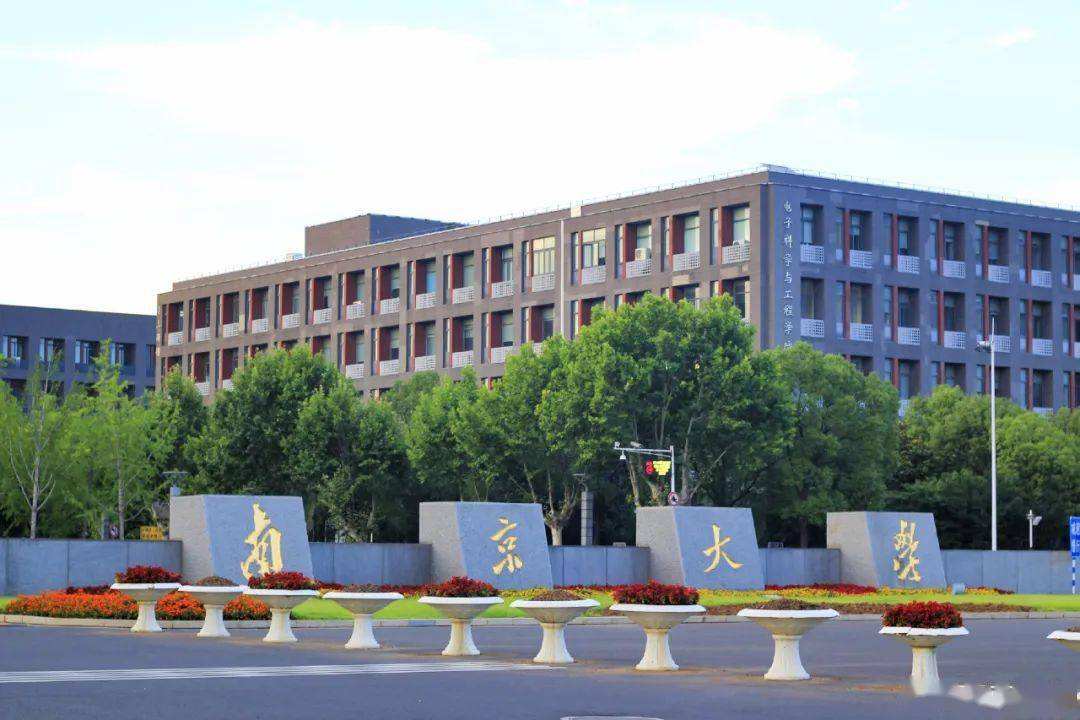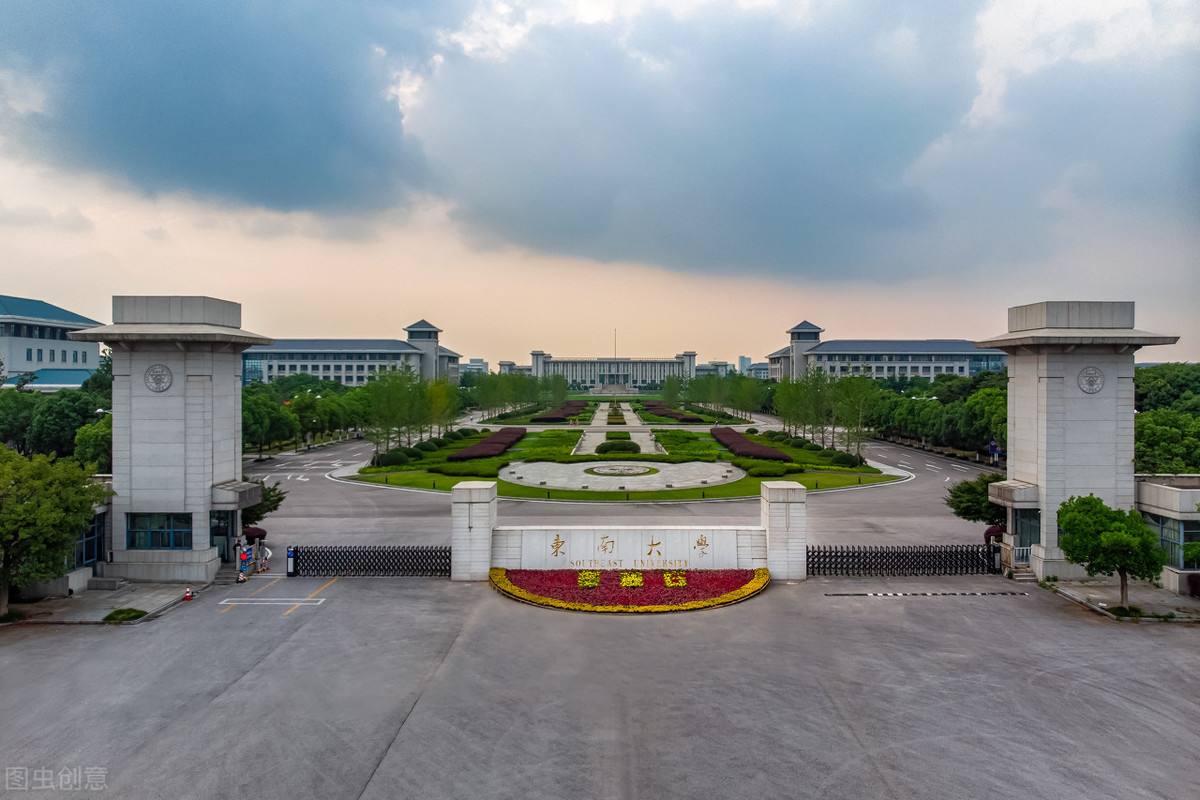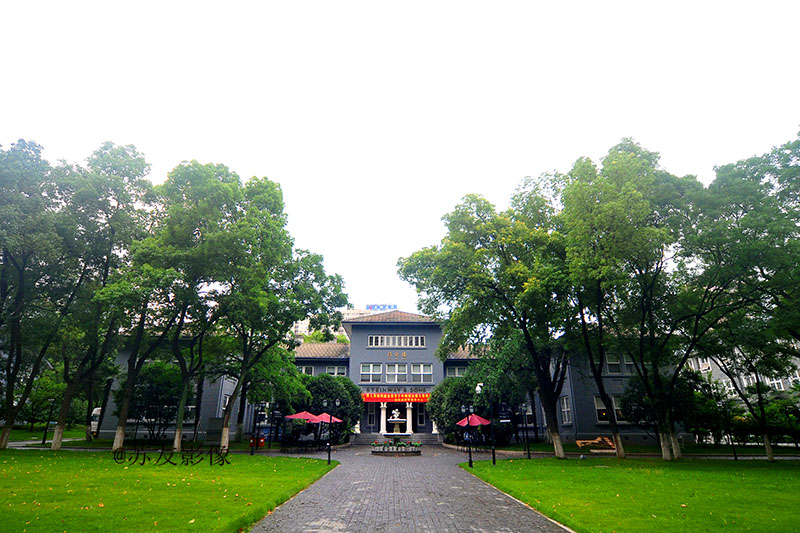Overview
Chinese Name: 南京
English Name: Nanjing; Nanking; Nan-ching
Other Name: Jingling金陵; Jiankang建康; Yingtian应天; Tianjing天京
Abbreviation: Ning 宁
Zip Code: 21 00 00
Population: 9.315 million

Brief Introduction
Nan Jing 南京 is the capital of Jiangsu Province, a sub-provincial city, a megacity, the core city of the Nan Jing metropolitan area, an important central city in eastern China, an important scientific research and education base, and a comprehensive transportation hub approved by The State Council 国务院.

Nan Jing 南京 is located in the east of China, in the lower reaches of the Yangtze River 长江 and near the coastal waters of the Yangtze River. It has 11 districts under its jurisdiction, with a total area of 6,587.02 square kilometers and a built-up area of 868.28 square kilometers. It has a permanent population of 9,314,700 and an urban population of 8.0853 million, with an urbanization rate of 86.8%.
Famous Attractions in Nan Jing
Nan Jing has 1 World Cultural Heritage, 2 Chinese World Cultural Heritage preliminary lists, 55 national key cultural relics protection units, 114 cultural relics protection units of Jiangsu Province, 516 cultural relics protection units above the city level, 2 national historical and cultural blocks, 5 national and provincial tourist resorts.

List of Major tourist attractions in Nan Jing
- Zhongshan Mausoleum 中山陵
- Nanjing Confucius Temple 南京夫子庙
- Ming Xiaoling Mausoleum 明孝陵
- Qinhuai River 秦淮河
- Ming City Wall 明城墙
- Xuanwu Lake 玄武湖
- Purple Mountain 紫金山
- Jiming Temple 鸡鸣寺
- Qixia Mountain 栖霞山
- Mochou Lake 莫愁湖
- Jiangnan Hiram’s hospital 江南贡院
- Wu garment lane 乌衣巷
- Zhan Yuan 詹园
Famous Universities in Nan Jing
In 2021, Nan Jing has 53 common colleges and schools (excluding army schools), 107 key national disciplines, double first-class construction 13 colleges, and universities; There were 259 regular middle schools, 15 special education schools, 22 secondary vocational schools, 384 primary schools, and 1,010 kindergartens.


List of universities and colleges in Nan Jing
- 南京大学 Nanjing university
- 东南大学 Southeast university
- 南京航空航天大学 Nanjing University of Aeronautics and Astronautics
- 南京理工大学 Nanjing University of Science and Technology
- 南京工业大学 Nanjing Tech University
- 南京邮电大学 Nanjing University of Posts and Telecommunications
- 河海大学 Hohai university
- 南京林业大学 Nanjing Forestry University
- 南京信息工程大学 Nanjing University of Information Science & Technology
- 南京农业大学 Nanjing Agricultural University
- 南京医科大学 Nanjing Medical University
- 南京中医药大学 Nanjing University of Chinese Medicine
- 中国药科大学 China Pharmaceutical University
- 南京师范大学 Nanjing Normal University
- 南京体育学院 Nanjing Institute of Physical Education
Religious culture in Nan Jing
Nan Jing has five major religions: Taoism, Buddhism, Christianity, Catholicism, and Islam. Nanjing Taoism has a long history and occupies an important position in the history of Taoism in China.
It is one of the earliest areas in China to spread Buddhist culture. It has been the center of Chinese Buddhist culture since ancient times. It is the birthplace of Buddhist schools such as Sanunzong 三论宗 and Fayan Sect 法眼宗, as well as the center of revival, dissemination, and research of Modern Chinese Buddhist culture.
It is one of the national centers of Christianity in China. The Chinese Christian Research Center is located in Nan Jing and has two theological schools, Jinling Theological Seminary and Jiangsu Theological Seminary.

Diet of Nan Jing
Nan Jing cuisine is famous for Its Jinling cuisine 金陵菜系, which is one of the four representative dishes of Jiangsu cuisine with Nanjing as the center and Jiujiang in Jiangxi province. Jinling cuisine originated in the pre-Qin Period. In the late Warring States Period, Qu Yuan recorded the Jinling cuisine in his book Ci of Chu. It gained great fame in Sui and Tang Dynasties became a genre in Ming and Qing Dynasties and reached its peak in the Republic of China.
The four famous dishes of Jinling are egg cake, beauty liver, Phoenix-tailed prawns, and squirrelfish liver. In addition, Jinling snacks rank first among the four major snacks in China.
